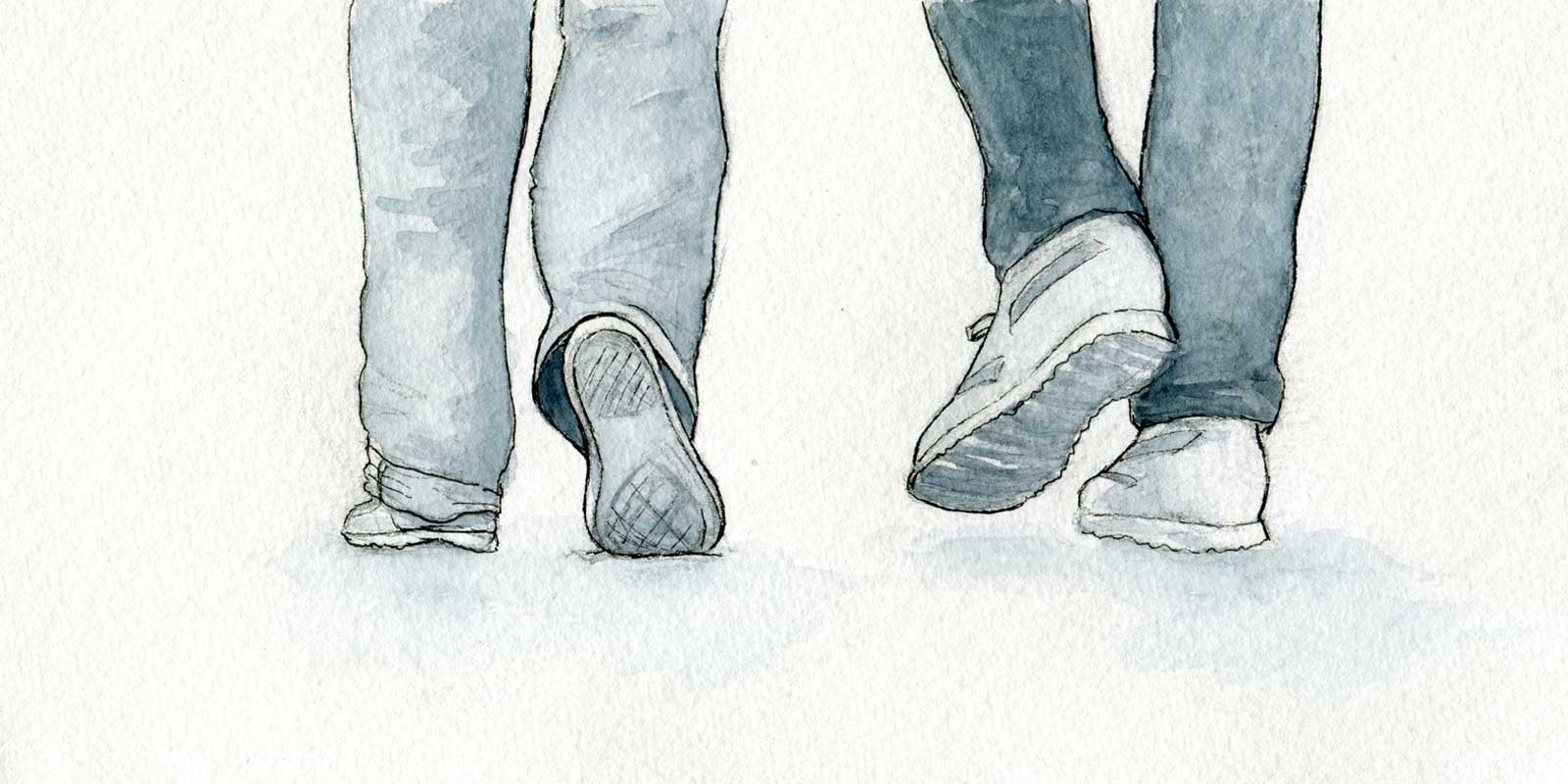Your office is a reliable environment. The climate-controlled building. The structured workspace. The goals identified in advance. The time segmented. These things are put in place to eliminate as much uncertainty as possible. In a reliable environment, the efficiencies of schedule and delivery becomes an unconscious rhythm.
This rhythm provides momentum for producing a product or service. That momentum is the fuel…but we are not machines, and sometimes even in the course of day-to-day work, solutions may lie in something less structured. Sometimes you need to step away to get a clearer view of where to go.
The best way I’ve found to gain a fresh perspective is to get out of the office with a quick walk or coffee break outside. The next time you’re feeling stuck…stop thinking about it and just go outside. See if you find it helpful for breaking through these three types of problems.
What matters?
The first type of problem solving is prioritization. In the office, you’re surrounded by multiple potential sources of the next thing you might do. Putting a little distance between you and your desk/laptop/phone can take the din of the seemingly urgent down a notch. Unless you have a photographic memory, it’s not possible to recall everything that’s going on.
Why think about these things when you’ve stepped away? I’ve found that it’s a good way to see what filters through. When I pause to go for a walk, the items that most concern me, the ones I felt were the highest priority, are the ones that bubble up. I’m reminded of what matters instead of focusing on the things that have just happened: whether a meeting that happened that morning, or a request from a colleague, or an email I just read. I usually come back with one or two ideas about what I need to get done first.
How can it be done?
The second type of problem solving is figuring out interaction challenges. When you’re outside, it’s impossible — or at least, less convenient — to focus on details. You don’t have the visuals in front of you. You can’t write down complex plans. All you have to work from is your imagination of how it would go: Why would someone do this? What’s the flow like? What happens after that?
Being out of the office can give room for ideas that are fragile. Our pattern-matching instincts will push us to resolve and categorize ideas as soon as possible. This is the opposite approach: pick the idea, and find a way to make it work. If it simply won’t work, you’ll know exactly why and where it breaks down. Since restrictions and dependencies can change over time, what limits today may not limit tomorrow. You’ll be ready to jump on new opportunities, having considered ideas that were previously dismissed.
What’s troubling you?
The third type of problem solving relates to moving on from the things your reptile brain simply won’t shake. Maybe it’s a reaction to something immediate, or maybe just a generalized worry or uncertainty. Taking a break is a good way to pin down (and acknowledge) vague worrying, and come up with something concrete to do to move on.
Simply getting out introduces a physical component that will naturally calm you. Moving around means more blood flow to make you feel a bit more alert. It can be a way to work off nervous energy or irritation, and feel refreshed from some fresh air and natural light.
Sometimes just getting into an environment that isn’t demanding an answer is enough to make the space so one can emerge. Getting out of the office can be the best way to get the office out of you.


Leave a Reply